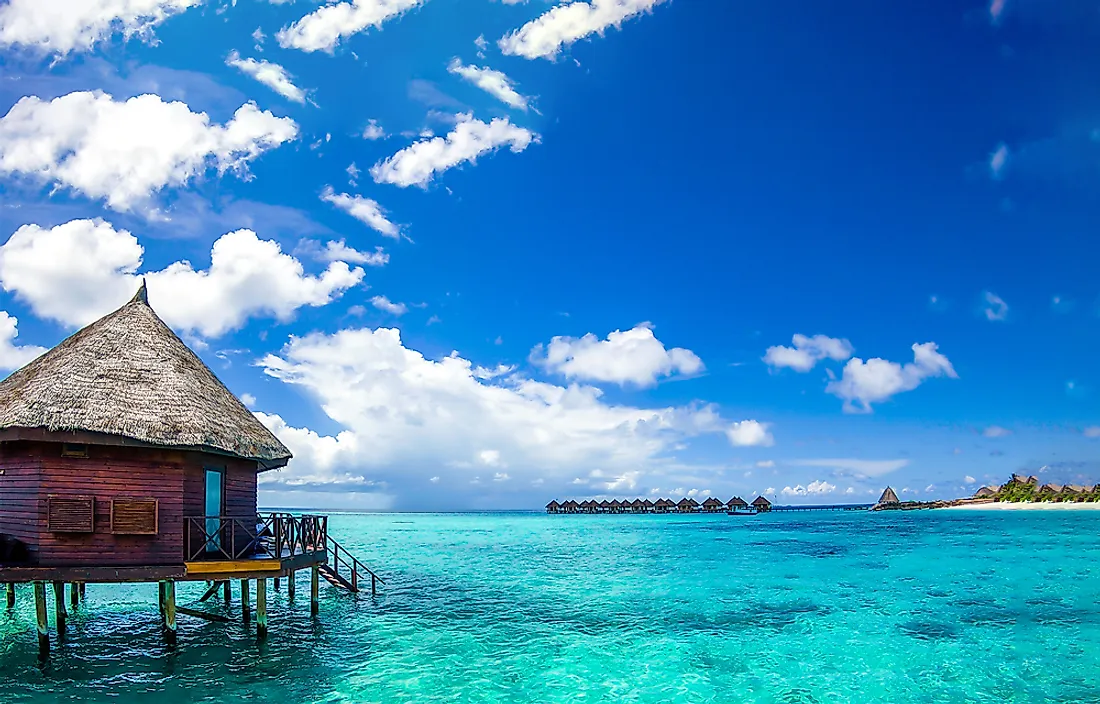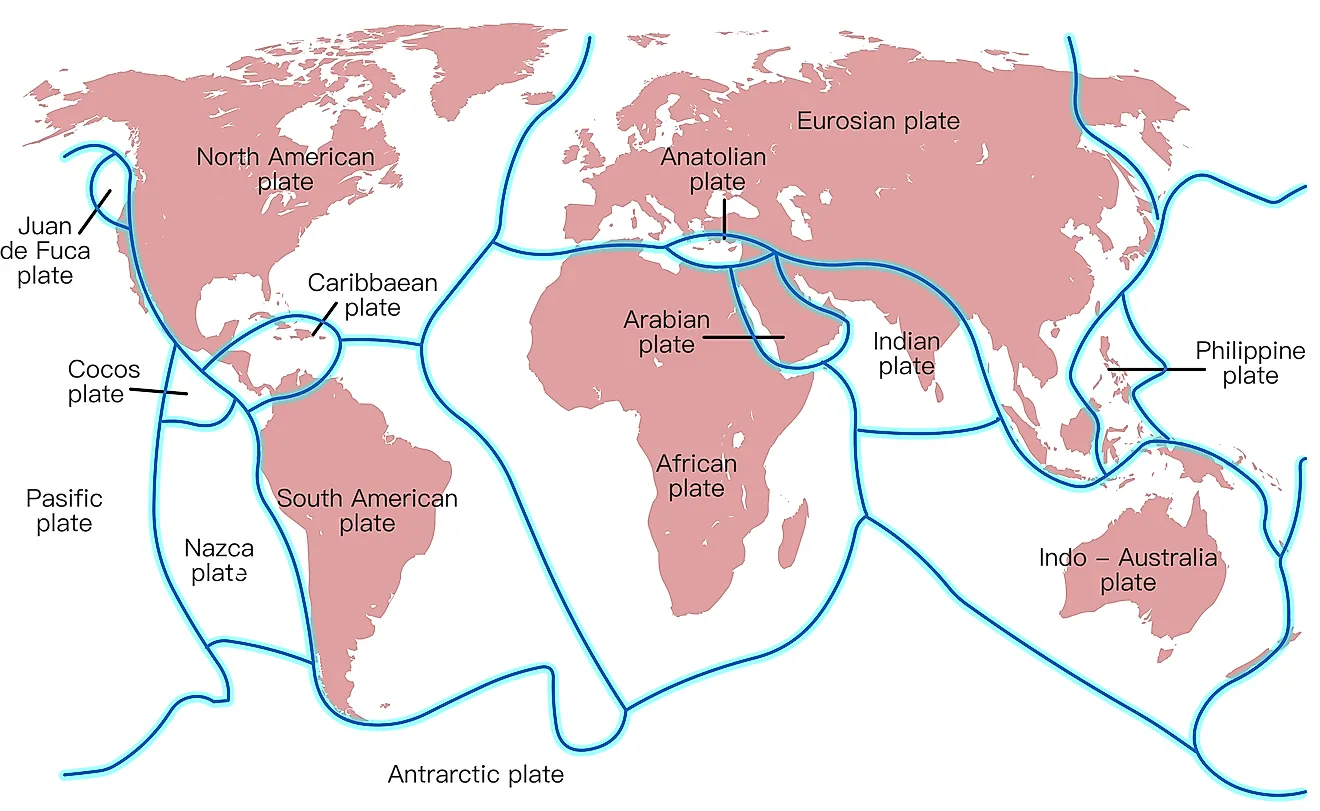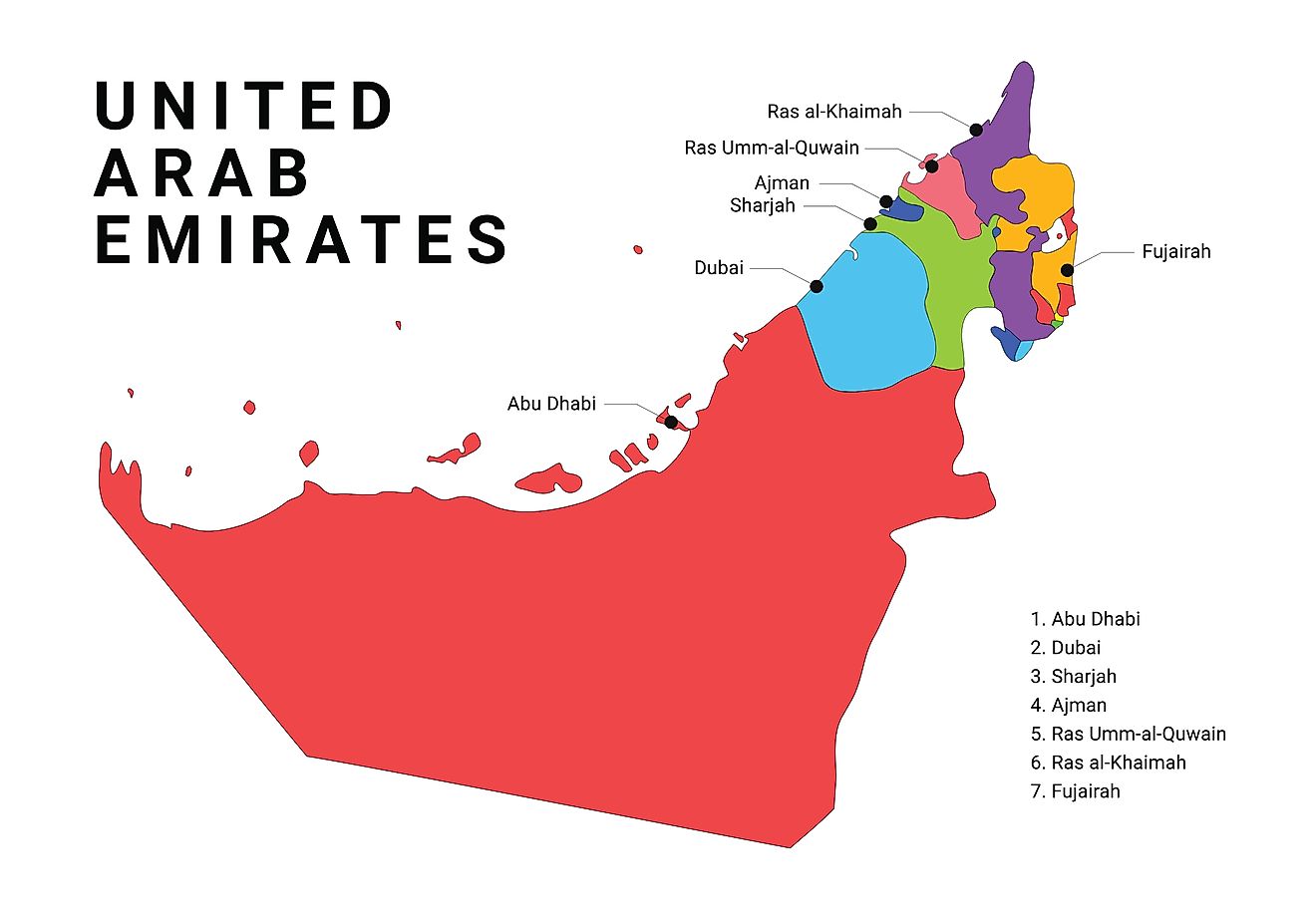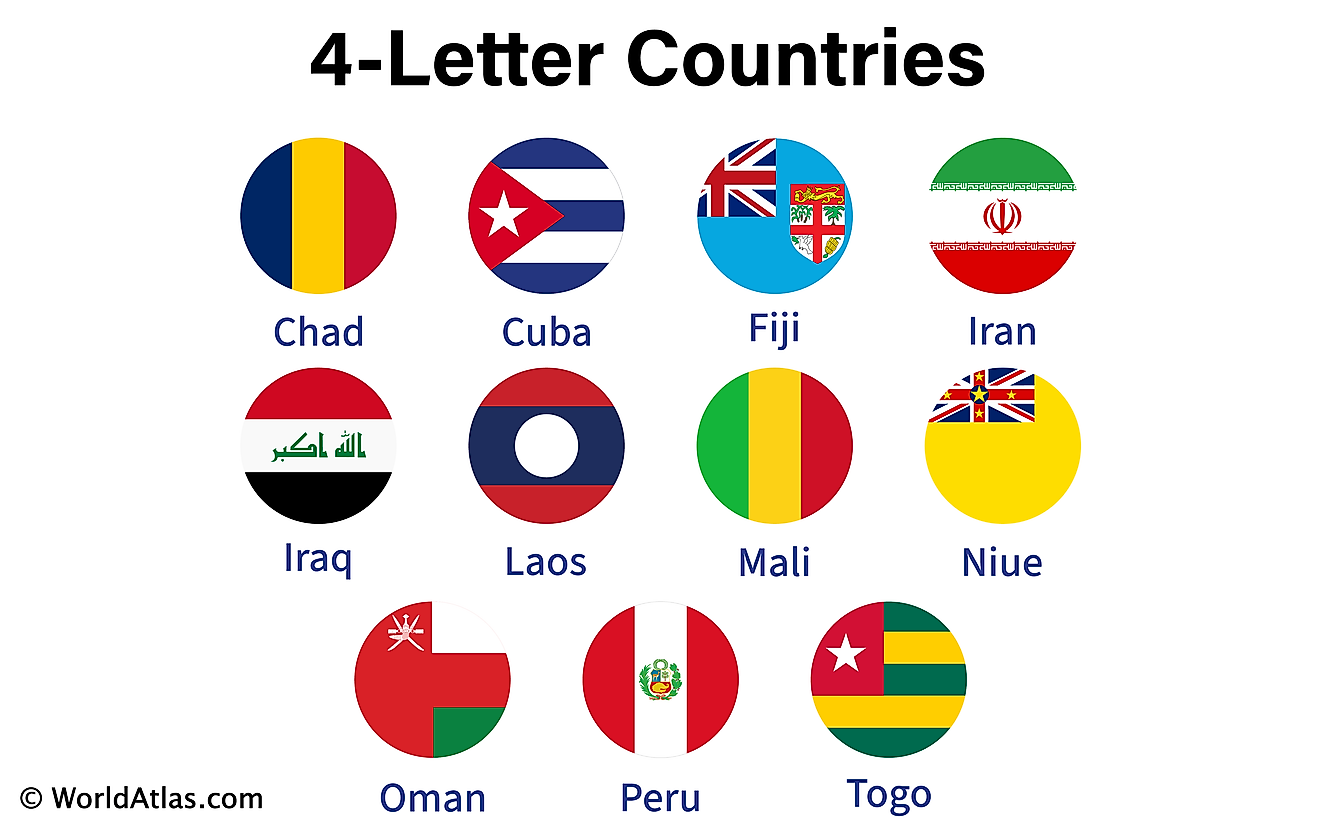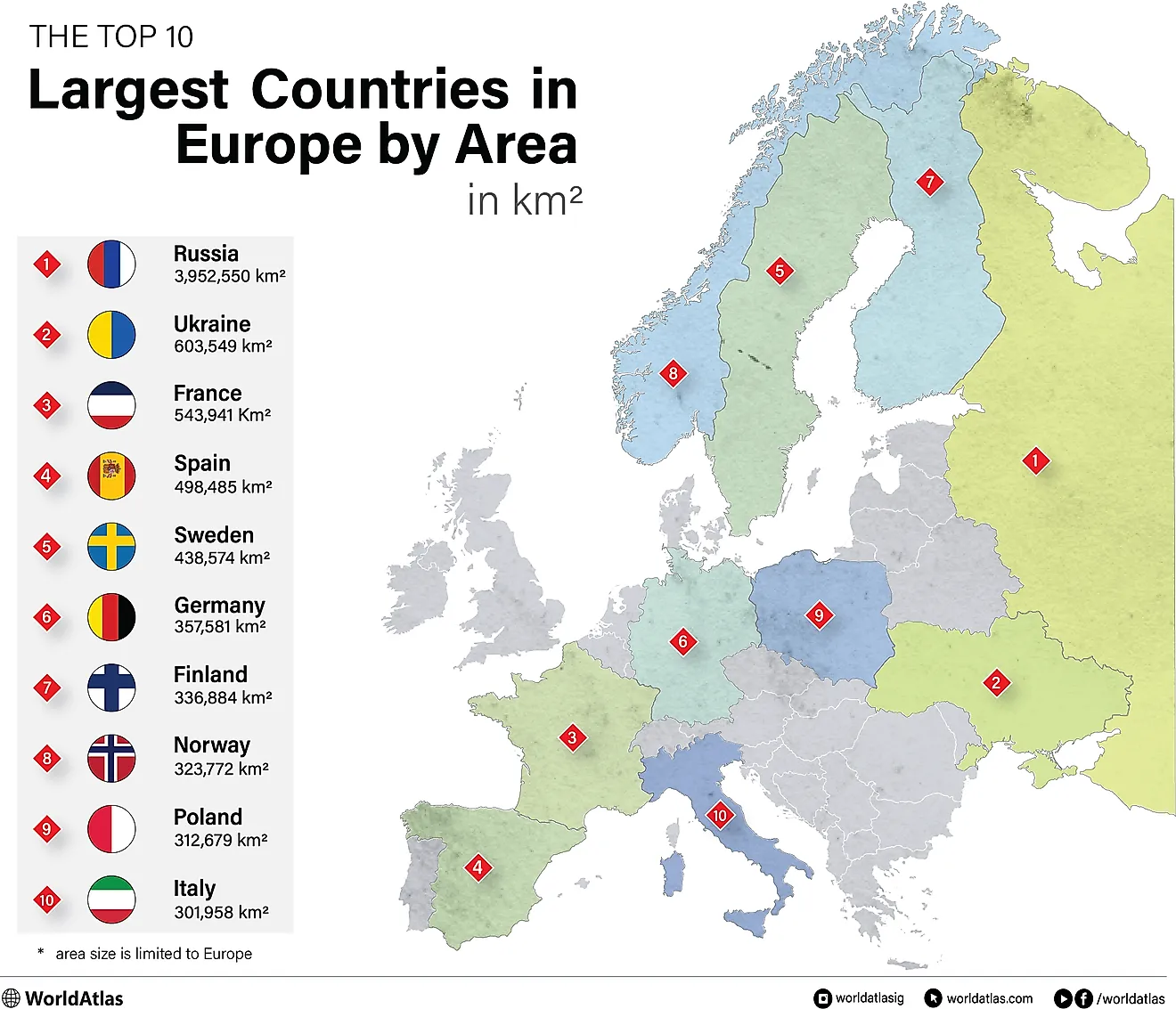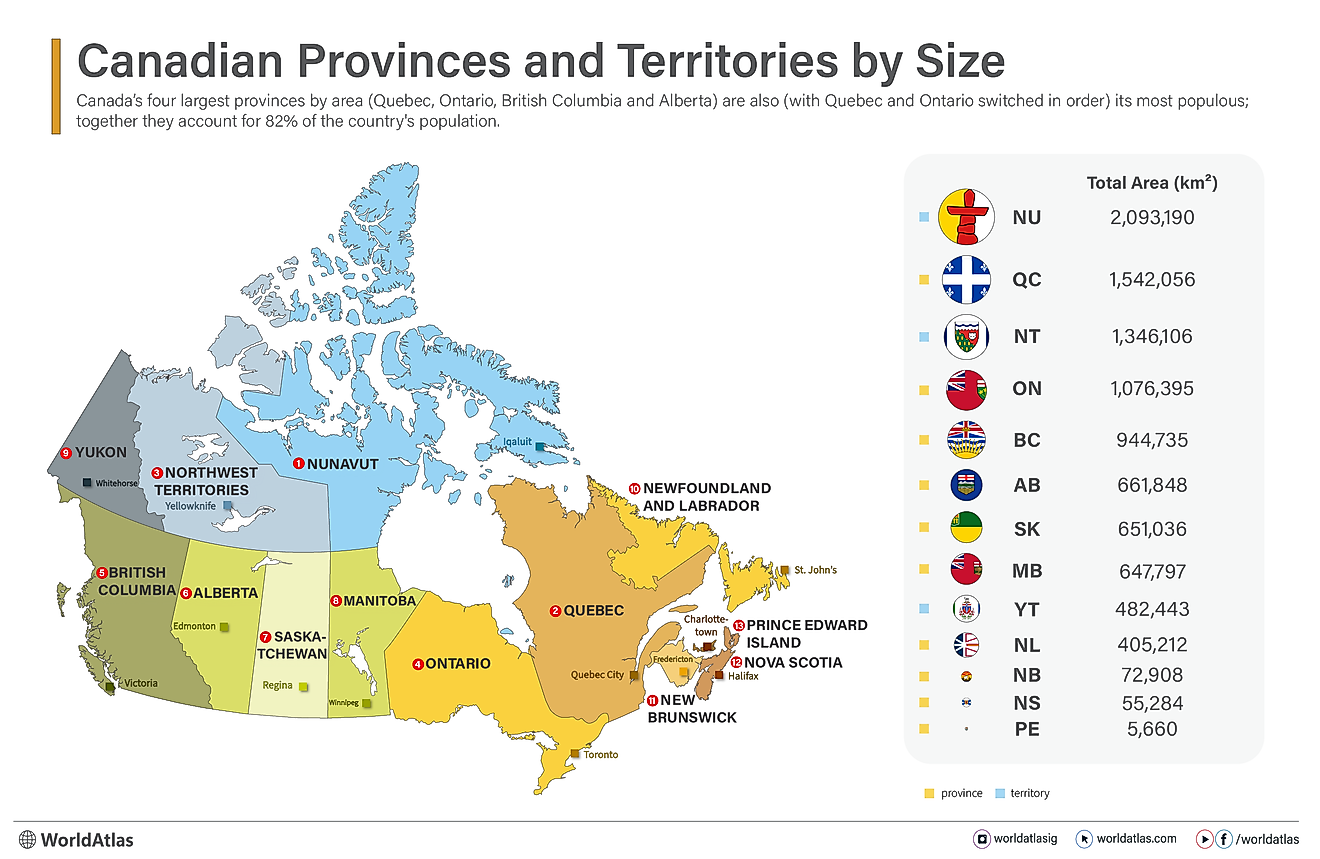
European Countries By Population Density
Europe is the second smallest continent in the world with only 10.53 million km2 in total land area. Combining this with a population of 742.3 million people, Europe can feel somewhat cramped at times. When taking into account how small some European countries are, the total population density can be jarring at first glance.
The most densely populated European country is Monaco at 18,000 people per km2. The second is Malta at 1,700 people per km2. In third place is the Vatican City at 1,600 people per km2.
The 10 Most Densely Populated Countries In Europe
| Rank | Country | People Per km2 |
|---|---|---|
| 1 | Monaco | 18,000 |
| 2 | Malta | 1,700 |
| 3 | Vatican City | 1,600 |
| 4 | San Marino | 550 |
| 5 | Turkey | 515 |
| 6 | Netherlands | 424 |
| 7 | Belgium | 383 |
| 8 | United Kingdom | 277 |
| 9 | Luxembourg | 253 |
| 10 | Liechtenstein | 247 |
1. Monaco - 18,000 People Per km2
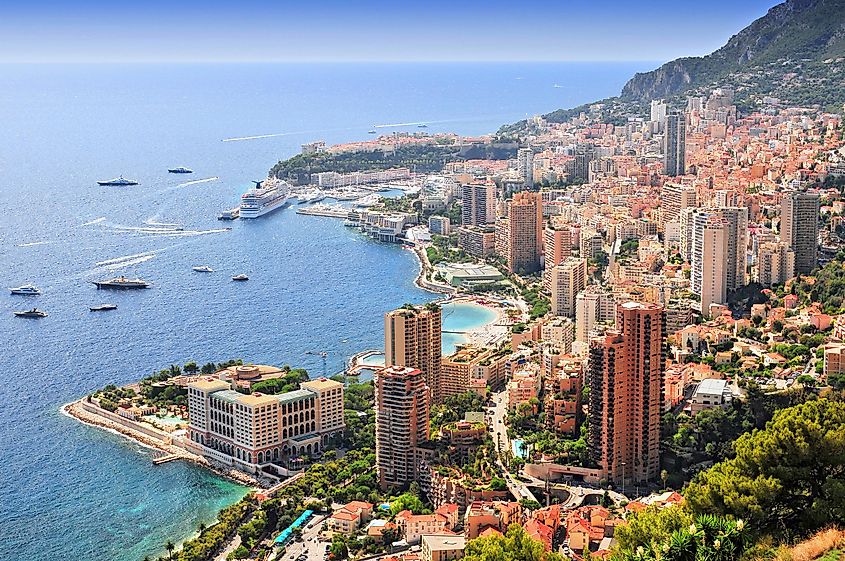
Monaco is a small micronation that is located on the southern coast of France. With only a total land area of 2.08 km2 (0.80 sq mi), a tourist could easily walk across the whole country in a few hours.
Monaco's relatively small population of only 36,469 residents would be minuscule in any other normal-sized country, but due to its incredible size, Monaco is the most densely populated country in Europe.
Today, Monaco is best known for its unique status as one of the world's last city-states and for the lavish lifestyle that it offers to its select few citizens. Monaco famously attracts wealthy business tycoons from around the world thanks to its relaxed tax laws, which essentially shield the world's rich from handing over large portions of their yearly earnings to the governments of their birth countries.
2. Malta - 1,700 People Per km2
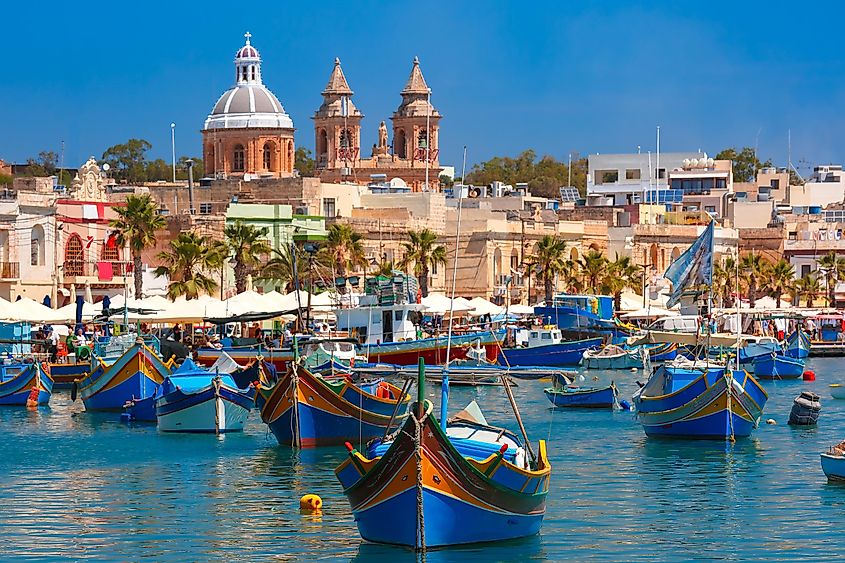
Malta is located south of Italy in the middle of the Mediterranean Sea. Situated between Southern Europe and North Africa, Malta has developed quite a distinct language and culture over the centuries.
The entire country of Malta is only 316 km2 (122 sq mi) in total land area but is home to roughly 532,000 people. There are two main islands that make up the bulk of the country but there is also a spattering of nearby islands that fall under its control.
Valletta, the capital city of Malta is home to the lion's share of the total population. The countryside is relatively quiet but it is small. Being an island there is only so much space to be had to buildings and other public works.
3. Vatican City - 1,600 People Per km2

Officially the smallest country in the world, the Vatican City is located in the center of Rome, Italy. The Vatican is only 0.49 km2 (0.19 sq mi) in size and consists only of a few buildings. The "border" between Italy and the Vatican is almost non-existent, and people come back and forth with little issue.
Of course, the Vatican City is where the Pope, the head of the Catholic Church, resides. Catholicism is by far the largest Christian denomination in the world. There are roughly 1.2 billion Catholics in the world which make up nearly half of the entire Christian faith.
The only people who officially live within the Vatican are the Pope himself along with a few high-ranking members of the church. As of 2023, 764 people were living permanently within the Vatican City.
4. San Marino - 550 People Per km2
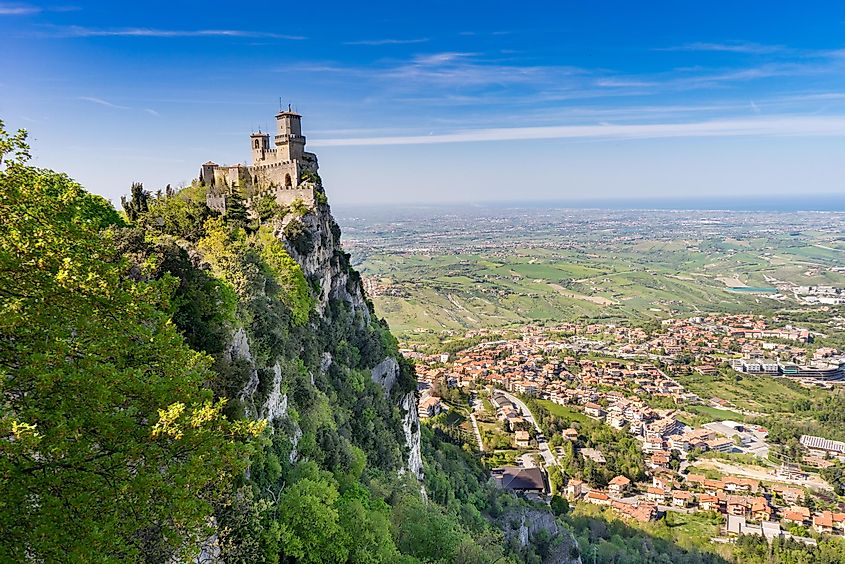
San Marino is an often forgotten micronation located in Italy. It has a deep and rich history that dates back to the Medieval period. Similar to San Marino, it is one of the few modern city-states left in the world.
San Marino's high population density stems from its small size and relatively large population. As of 2022, San Marino was home to around 33,660 people. The country itself only has a total land area of 61.2 km² (23.6 sq mi), which does not leave a lot of wiggle room.
The charming country of San Marino is regularly visited by tourists looking to catch a glimpse of some of the most well-preserved Medieval and Renaissance architecture in the world. A trip to San Marino is really like stepping off a time machine.
5. Turkey - 515 People Per km2

While there is some debate about whether or not Turkey should be considered a part of Europe, there is in fact a small portion of its territory that crosses over from Anatolia and bleeds over into the Balkans.
This just so happens to be the location of Turkey's largest city Istanbul. Istanbul has a population of more than 15 million people, 10 million of which live on the European side of the city. It has a high population and a small area size of only 2,300 km2 (888 sq mi).
There are a few other smaller cities and towns towards the west, but the vast majority of Turkey's European population is located in Istanbul.
6. Netherlands - 424 People Per km2
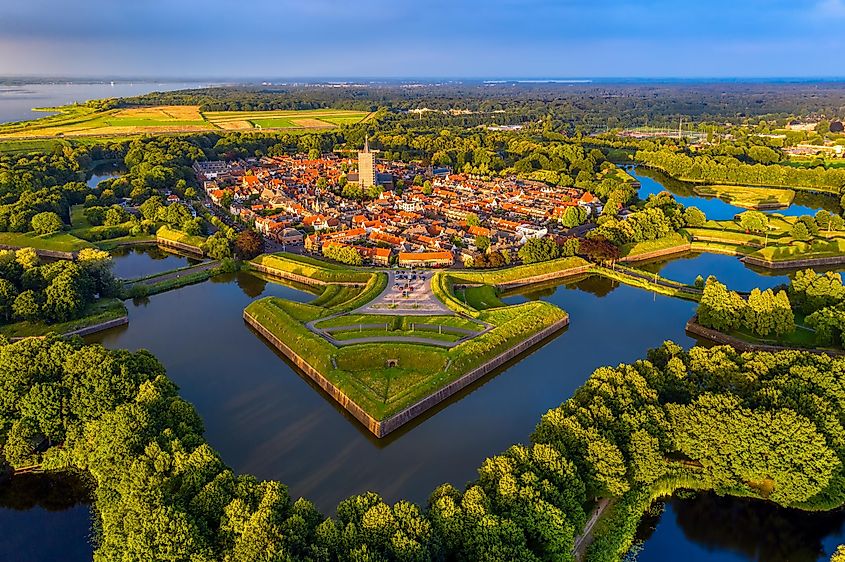
The Netherlands is found along the northwestern coast of Europe. It is famous for its rich culture, stunning architecture, and impressive series of dams and canals that have quite literally allowed the Dutch to dig out large parts of their country out of the ocean.
While it might be big in terms of history and tradition, the Netherlands is a small country with a total land area of just 41,850 km² (16,158.37 sq mi). As of 2022, the Netherlands had a total population of just over 17 million people.
The buildings within the Netherlands, especially in places like Amsterdam or Rotterdam are renowned for being both tall and skinny to take up as little space as possible.
7. Belgium - 383 People Per km2
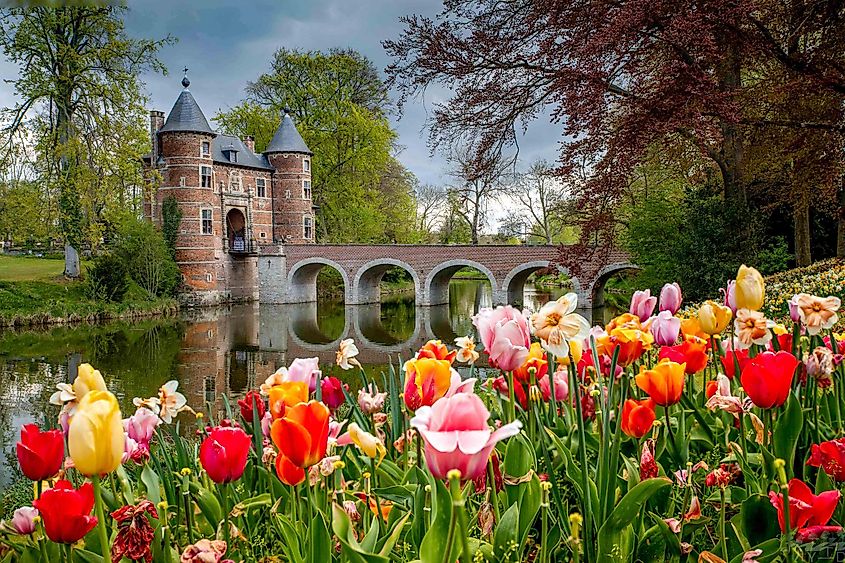
The next-door neighbor of the Netherlands, Belgium, is in a similar predicament. Belgium shares many of the geographical shortcomings that the Netherlands does and therefore has very little space for its population to live.
Belgium is even smaller than the Netherlands, with only 30,688 km² (11,848.7 sq mi) in total land area. However, it still has a relatively large population for its size, with more than 11 million people calling Belgium home.
Belgium also has a very similar architectural style to that found in the Netherlands, at least in the north of the country. While this style of building might seem more like a form of artistic expression it really is done out of necessity.
8. United Kingdom - 277 People Per km2
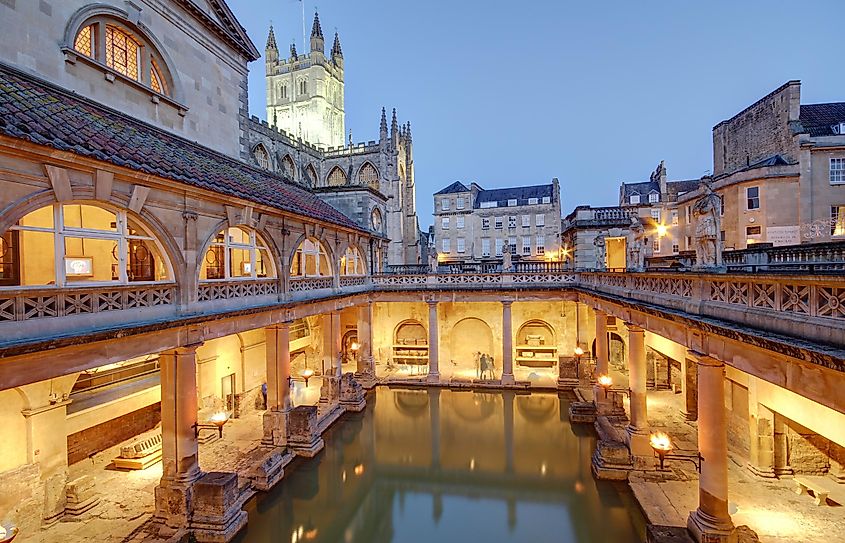
The United Kingdom is an island country that can be found in the very northwest of Europe. Due to the obvious geographical restraints that any island country faces, the United Kingdom has faced struggles, especially in recent years to find adequate space for its large population.
As of 2023, nearly 67 million people are living within 243,610 km² (94,058 sq mi). This has caused serious congestion within the UK's largest cities along with more people moving out into smaller towns in the countryside.
London itself is one of the largest cities in Europe and is home to almost 9 million people. As the UK population continues to swell, its population density is going to grow alongside it.
9. Luxembourg - 253 People Per km2
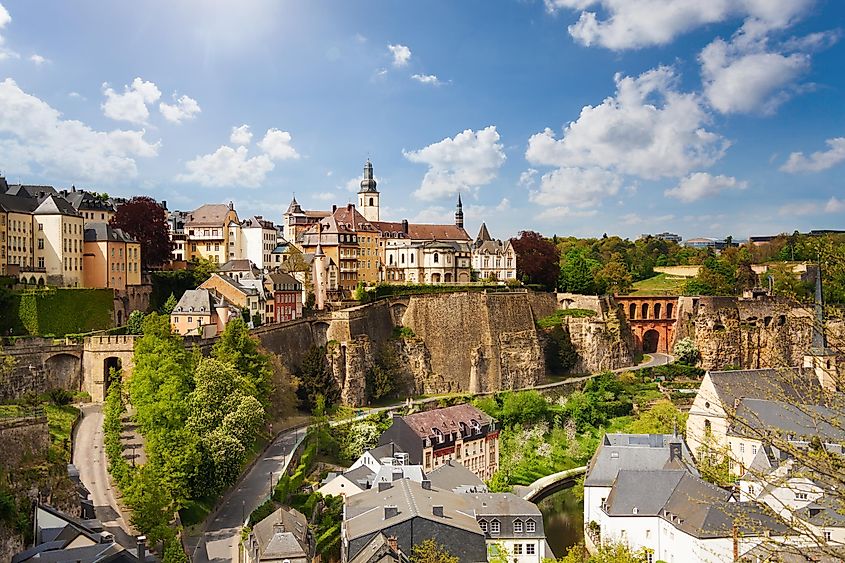
Luxembourg is another micronation located between Germany, France, Belgium, and the Netherlands. It is best known for being a very rich country as it entices many foreigners to become citizens due to its relaxed tax laws.
Luxembourg only has a land area of 2,586 km2 (998.4 mi sq). Its largest city, which is also called Luxembourg, is home to 76,000 of its 653,103 total population.
Like many other places on this list, the high population density of Luxembourg is largest caused by the incredibly small size of the country and its steadily growing population.
10. Liechtenstein - 247 People Per km2
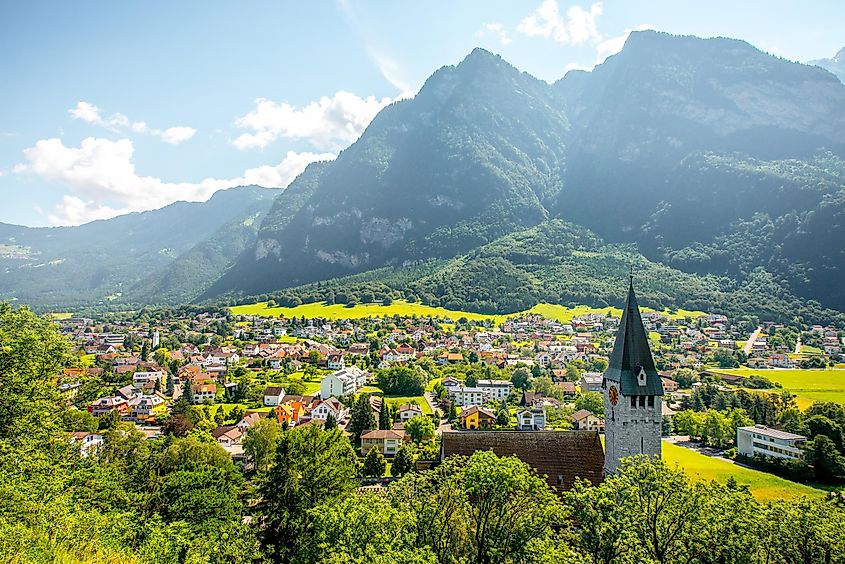
Liechtenstein is another lesser-known microstate within Europe. Liechtenstein is the sixth smallest country in the world with a total land area of only 160 km2 (61.7 sq mi). Its population is incredibly small with only 39,000 citizens, but when taking into account its size, there is not a lot of space.
Liechtenstein can be found in the heart of the Alps sandwiched between Austria and Switzerland. It is a German-speaking country and like San Marino is best known for its well-preserved Medieval architecture.
This small mountain country is quite remote and is often visited for its pristine wilderness and fascinating history. Liechtenstein is one of the last remnants of Europe that existed before the rise of nationalism in the 19th century, and it's still a place that appears frozen in time.
Final Thoughts
Most of these countries simply have a high population density due to clear geographical restraints rather than having a large population. Europe is well known for being a place with little in the way of vast empty space. These restrictions can be seen in European architecture that tends to build up instead of wide.
All European Countries Ranked By Population Density
| Rank | Country | Population/km2 |
|---|---|---|
| 1 | Monaco | 18,000 |
| 2 | Malta | 1,700 |
| 3 | Vatican City | 1,600 |
| 4 | San Marino | 550 |
| 5 | Turkey | 515 |
| 6 | Netherlands | 424 |
| 7 | Belgium | 383 |
| 8 | United Kingdom | 277 |
| 9 | Luxembourg | 253 |
| 10 | Liechtenstein | 247 |
| 11 | Germany | 233 |
| 12 | Switzerland | 213 |
| 13 | Italy | 195 |
| 14 | Andorra | 171 |
| 15 | Denmark | 138 |
| 16 | Czech Republic | 133 |
| 17 | Poland | 131 |
| 18 | France | 121 |
| 19 | Slovakia | 118 |
| 20 | Portugal | 110 |
| 21 | Hungary | 109 |
| 22 | Austria | 107 |
| 23 | Slovenia | 105 |
| 24 | Moldova | 102 |
| 25 | Albania | 99 |
| 26 | Serbia | 92 |
| 27 | Spain | 90 |
| 28 | Romania | 83 |
| 29 | North Macedonia | 81 |
| 30 | Greece | 78 |
| 31 | Azerbaijan | 78 |
| 32 | Ireland | 72 |
| 33 | Ukraine | 72 |
| 34 | Croatia | 71 |
| 35 | Bosnia and Herzegovina | 63 |
| 36 | Bulgaria | 61 |
| 37 | Belarus | 46 |
| 38 | Montenegro | 45 |
| 39 | Lithuania | 42 |
| 40 | Estonia | 29 |
| 41 | Latvia | 28 |
| 42 | Russia | 27 |
| 43 | Sweden | 24 |
| 44 | Norway | 17 |
| 45 | Finland | 16 |
| 46 | Kazakhstan | 5.7 |
| 47 | Iceland | 3.6 |






